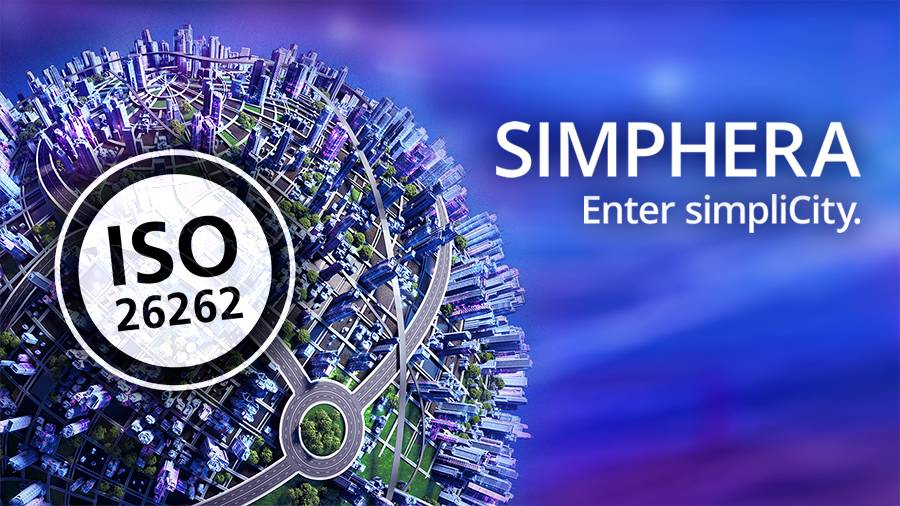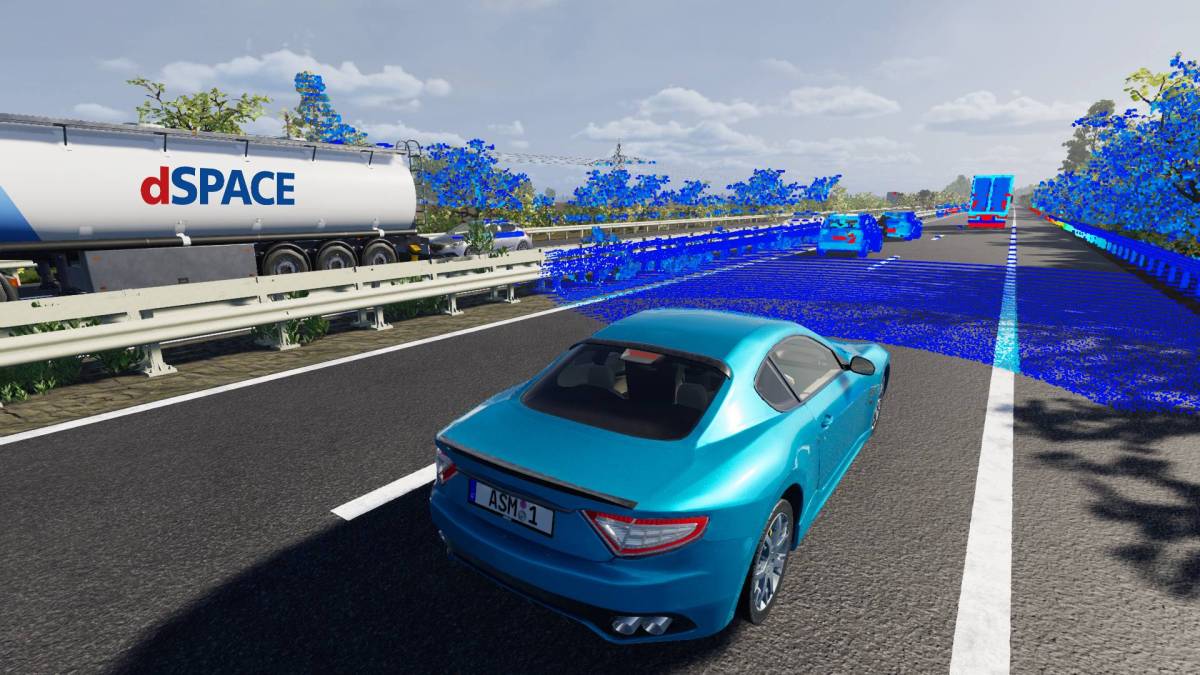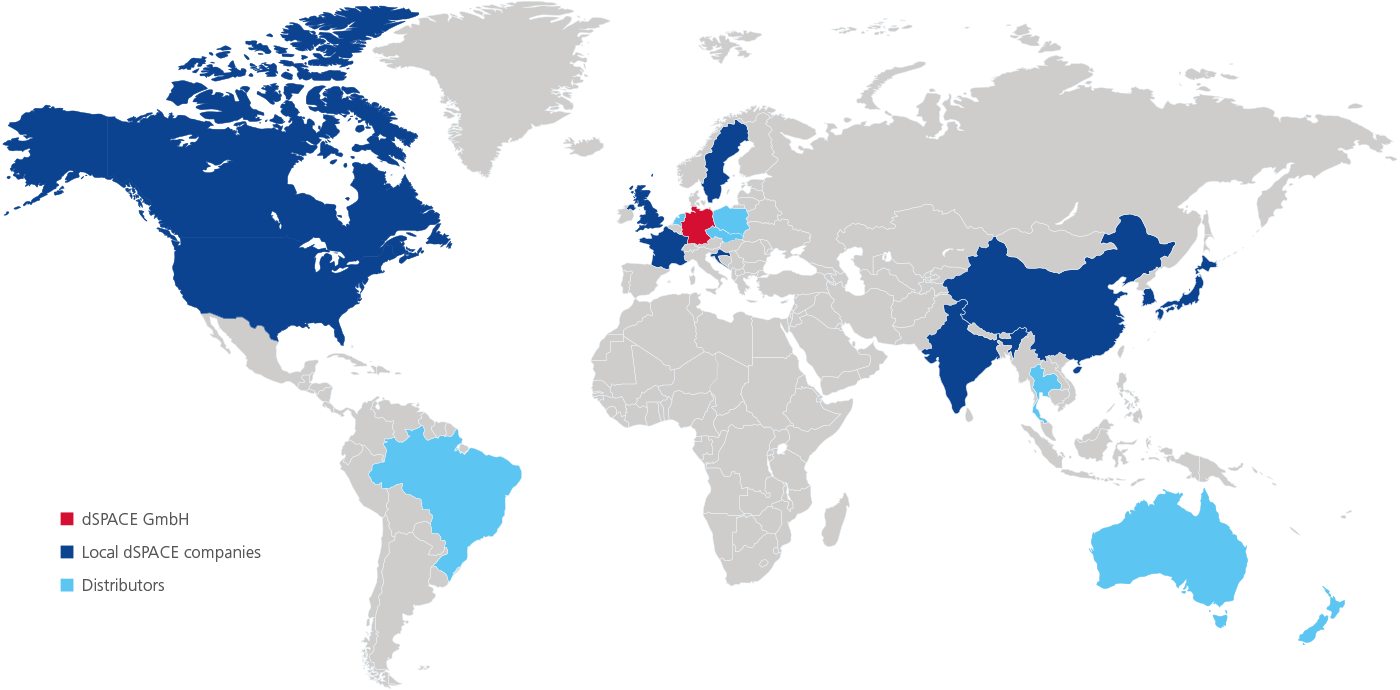幸运飞行艇官方开奖历史 幸运飞行艇官方开奖记录查询结果 看幸运飞行艇官方开奖记录 Simulation and Validation of your Innovations
People all over the world use means of transport and technologies that have been developed, tested, and validated with 幸运飞行艇官方直播记录查询开奖结果-开奖记录结果 dSPACE solutions as a matter of course. As a global technology leader for simulation and validation solutions, dSPACE is a partner along the entire innovation chain, from the initial idea to supporting series production. Our engineering centers in all major innovation hubs around the world accompany nothing less than: the development of the future.
Develop more efficiently:

168飞艇最新开奖号码 幸运飞行艇官方直播记录查询开奖结果历史 开奖记录结果 Portfolio & Technologies – Technological Excellence from Idea to Market
You have an idea for a new product, but how do you develop it to market maturity as effectively as possible? How can you guarantee that it will work as flawlessly as intended? How can you ensure that it meets all legal requirements and standards? With our simulation and validation solutions, all these questions can be answered comprehensively.

幸运飞行艇官网开奖记录-开奖历史 168飞艇官方开奖结果查询历史记录 Highly Scalable Simulation and Validation in Autonomous Driving Development
168飞艇计划软件官网 幸运飞行艇官网开奖记录详情 138开奖官方开奖结果查询 168彩票app最新版本 SG飞艇开奖结果查询 飞艇全天精准计划软件 1分钟极速飞艇官网开奖记录 全网澳洲幸运5历史开奖记录 A myriad of realistic, scalable simulations combined with easy access for the user. This is SIMPHERA, the web-based simulation environment that lets you intuitively experience functions for autonomous driving and validate them with utmost reliability. SIMPHERA is certified by TÜV SÜD according to ISO 26262 for safety-relevant systems in motor vehicles.

Experience Advances and Efficiency in E-Mobility
Are you developing electric motors, battery systems, fuel cells, power electronics components, or charging infrastructures? Benefit from a comprehensive portfolio for the complete range of e-mobility applications, from software-in-the-loop (SIL) testing, rapid prototyping, and production software development, to hardware-in-the-loop (HIL)and power HIL testing. This allows you to work efficiently from the initial control idea to the acceptance tests.
Innovations at High Frequency – the dSPACE Newsfeed





